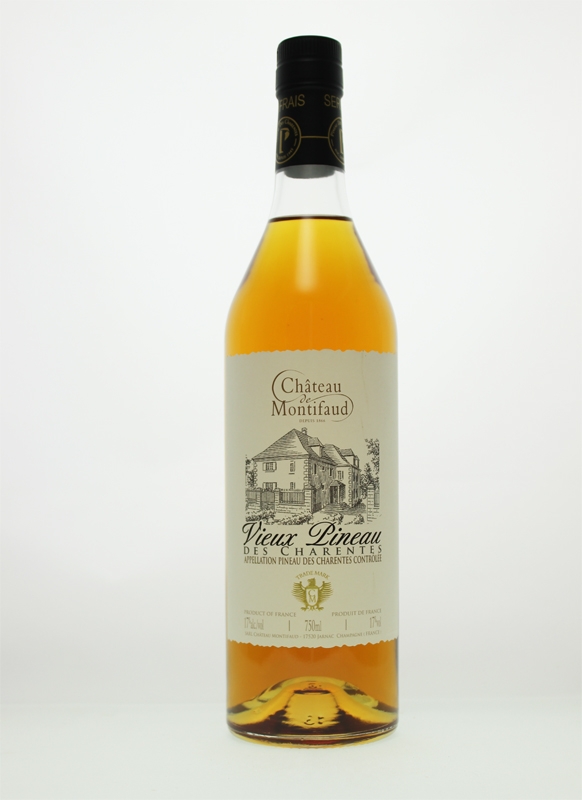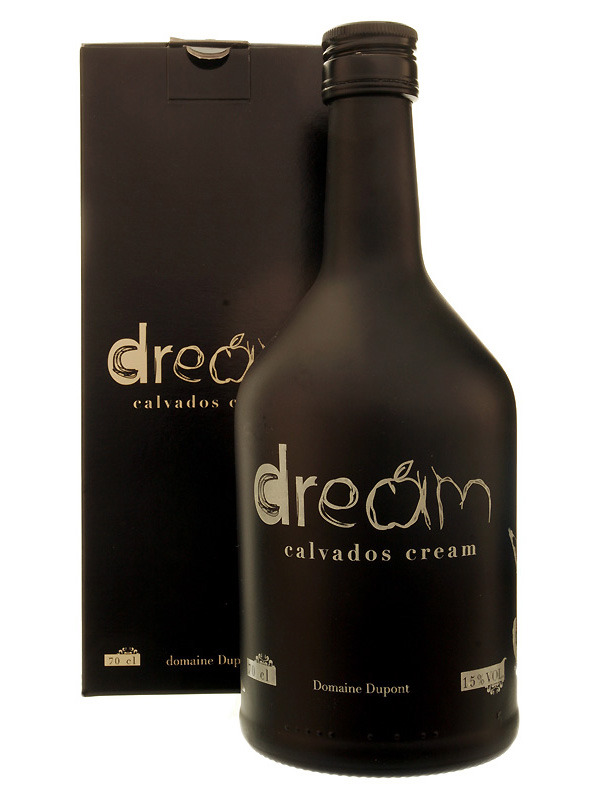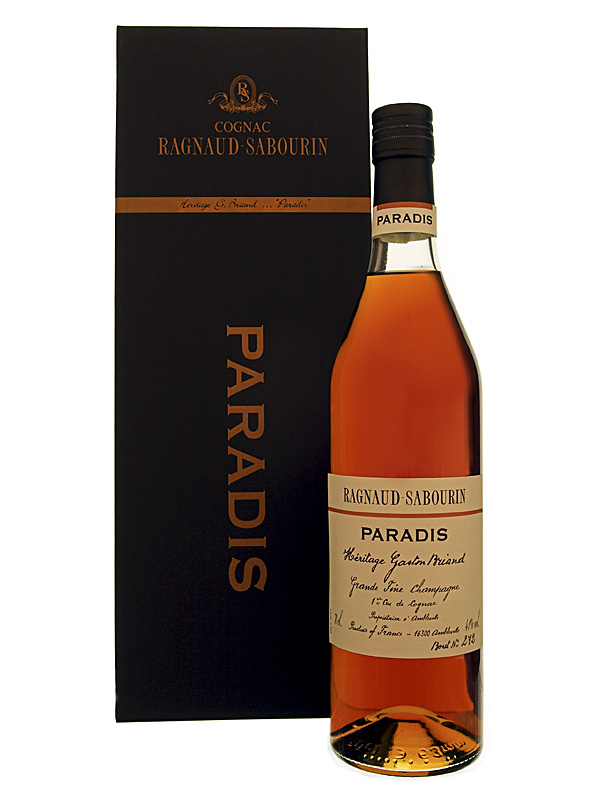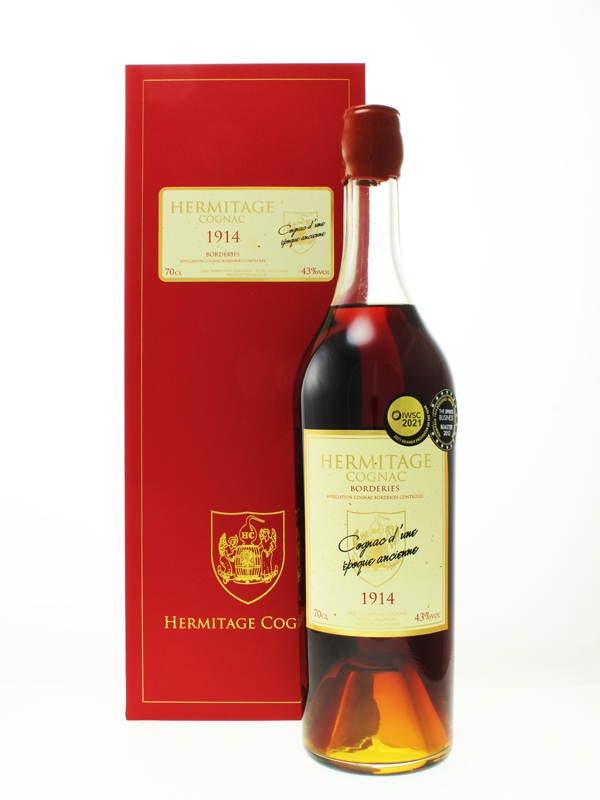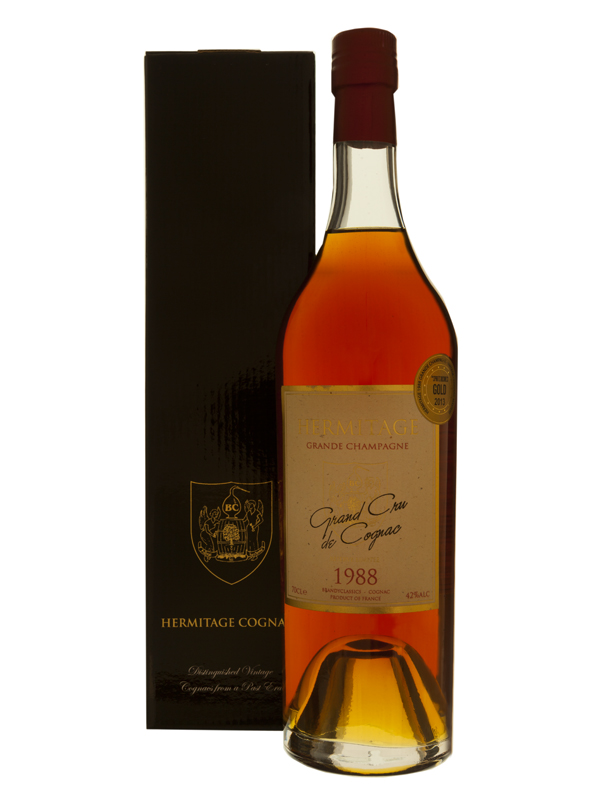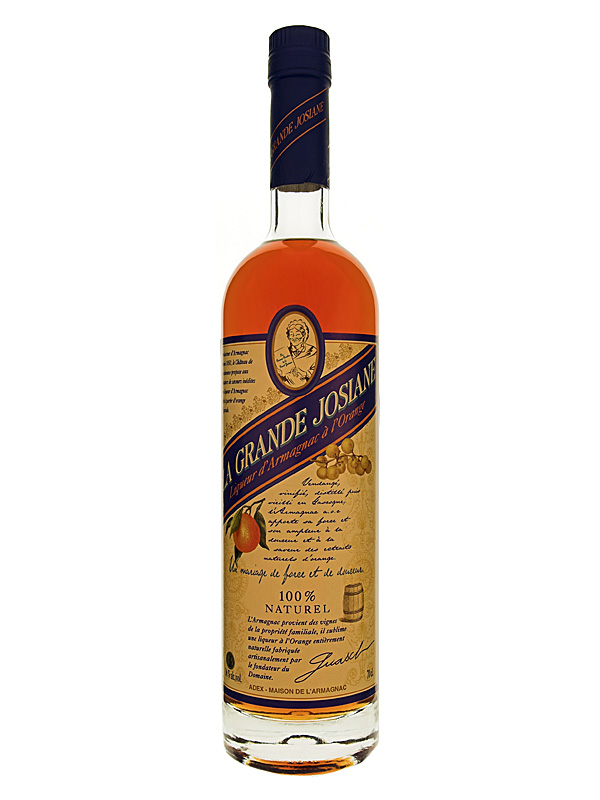Perhaps because we tend to think of cognac as the venerable grandfather of luxury spirits, the image of mixing it with anything which may contaminate its qualities has isolated it to the peak of individualism – only to be enjoyed by a certain type of aged gentleman, usually smoking a large cigar. On the other hand, perhaps we should thank the big cognac brands who, because of over selling the golden nectar to the Asian markets, are now forced to produce over sugared and caramelised young cognacs which are more readily accepted as suitable for cocktails.
During the mid-nineteenth century cognac became the biggest selling spirit in Britain with nearly sixty five million bottles being sold and the inevitability of cognac mixtures became a certainty. Indeed, Britain was the biggest single market for the spirit until phylloxera struck the vines in the mid 1870s.
Brandy was the obvious choice for mixing with other herbs and fruits as distilled grape wines were the easiest drinks to access for most people. The Benedictine monks in the twelfth century and the Troyan Monks in the fourteenth century who made the plum brandy known as Slivovitz, were famous for their concoctions made from herbs, nuts and fruits, variations of which are still available today. The fruit shrubs, made from vinegar are another form of pre-mixed herbal and fruit essence often used in connection with the modern day cocktail.
By the nineteenth century mixing brandies had become accepted. From the sixteenth century cognac was sold as a strong spirit to be cut back with water and indeed to many it was regarded as a strong wine. It was recorded in the American notes for General Distribution that in 1842, when Charles Dickens made his first trip to America, he made certain to partake of one of the greatest American inventions; the cocktail. Indeed the Cock Tail was the forerunner to the collective range of mixtures for which we use the same name now. The recipe for the Cock Tail was written down by a Captain Alexander in 1833 and follows:
- I tablespoon sugar or simple syrup
- 2oz rye whiskey, rum or cognac
- 3oz water
- 4 dashes bitters
- Nutmeg sprinkled on top.
Captain Alexander also described several other cocktail styled drinks that he had experienced in America including the Apple Toddy (baked apple pulp mixed with sugar, water and brandy) and the Port wine (Sangaree made with port, lemons, sugar and nutmeg).
This was not the first references to cocktails though, indeed during the reigns of the French Monarchy from around Louis VI lemon was used to both provide a freshness to brandy and to clean the palate. However, in the seventeenth and eighteenth centuries spirits were used to make punches brought to our shores around 1632 by sailors of the East India Line. Most of these punches were of the Wassail type with either a wine or spirit base as evidenced in the first Punch House established in 1671. Historically the oldest known punch was the Bajan Rum Punch whose recipe was enshrined in rhyme. One of sour, two of sweet, three of strong, four of weak. These usually contained lemon, orange, pineapple and grenadine but virtually any fruits grown and mixed with the local spirit, or ships brandy taken from the Napoleonic warships, became the norm.
During the reign of Queen Victoria the use of more exotic fruits became favoured by the super-rich to identify themselves as well travelled and wealthy. Oranges, lemons and ginger were quite common additives. Even some flowers, such as lavender, were used to supplement spices such as cinnamon, cloves and bergamot as well as Asian fruits, such as mangos and pineapple, which by now had become available in the wealthy areas of London.
Although white spirits were available in the Victorian era, they were not regarded in the purist way in which dark spirits were seen. White spirits, especially gin were seen more as cheap spirits which rendered ones senses to a state of inebriation. It wasn’t really until the turn of the twentieth century, when ice became more readily available, that their potential as a carrier of fruit and herb juices became obvious.
By the turn of the twentieth century many of the drinks discovered by the wealthy had started to attract a wider section of the population. The Mint Julip (1837) and the Gin Sling (1862), see below, complimented the more up-market Victorian bars and meeting places as well as the Brandy Alexander, made with chocolate and cream and its variants made with coffee from a brandy base. There were other variations that used banana and cream, also chocolate which perhaps may explain the wide girth of some of the wealthy Victorians.
Mint Julip (1837)
- 6-12 sprigs of mint
- 1 tablespoon fine sugar or sugar syrup
- 1 ½ oz brandy
- 1 ½ oz peach brandy
The Gin Sling (1862)
- 1 tablespoon fine sugar
- 2oz gin
- 1oz water
- Ice and nutmeg
Most of the cocktails used around the turn of the twentieth century were based on what was available and although the exotic drinks could be found in exclusive bars, such drinks as B and S (Brandy and Soda) and The Horses Neck (brandy and ginger ale) were easy to prepare. Sometimes the lemons and oranges (or mandarins), were combined with sugar to form variations on the more modern Sidecar cocktail where sweeter liqueur drinks such as Cointreau and Grand Marnier are mixed with cognac and lemon juice. Eliminating the orange liqueur and adding sugar, leaves one with a delicious Brandy Sour.
Combinations of the various flavours that were available to the Victorians and their brandies included drinks for every time of the day. Fruit liqueurs and eggs referred to as nogs were sometimes prepared for breakfast whilst brandies and lemons, sometimes mixed with sugar, were used as an aperitif before lunch. However, the most traditional brandy drink was the neat cognac, often very old and served after dinner with a large cigar as the final drink of the day before retiring to face another day.

